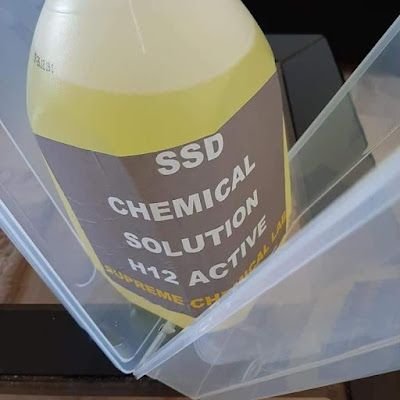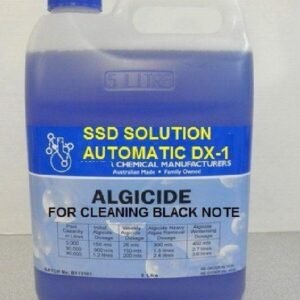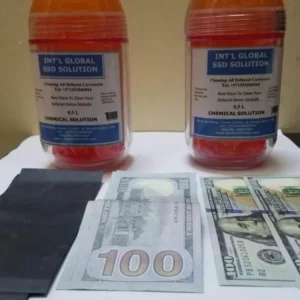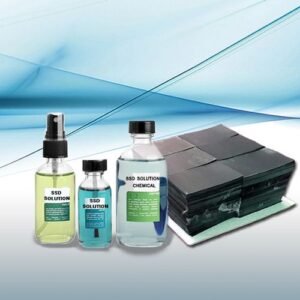Understanding Black Money Cleaning Chemicals: The Hidden Risks and Legal Implications
What Are Black Money Cleaning Chemicals?
Black Money Cleaning Chemical refer to a selection of substances that are used in the illegal process of laundering money. These chemicals are specifically formulated to sanitize banknotes, stripping away identifiable markings and contaminants, thereby rendering them appear pristine or legitimate. The term “black money” denotes funds generated from illegal activities, such as drug trafficking, extortion, or corruption, which pose significant challenges for law enforcement agencies aimed at curbing criminal enterprises.
Among the most commonly utilized black money cleaning chemicals are sodium hypochlorite, colloquially known as bleach, and various solvent-based products that can dissolve ink and other substances on currency. Sodium hydroxide is also frequently employed due to its powerful decontaminating properties. Through the application of these chemicals, criminals exploit their physical properties to obscure the origins of their illicit funds, creating a façade of legitimacy. Consequently, these actions facilitate the reintegration of “clean” money into the financial system without attracting undue scrutiny.
The historical development of Black Money Cleaning Chemical traces back to the evolving tactics of organized crime. As law enforcement techniques advanced, criminals adapted, seeking ways to evade detection. Technology plays a pivotal role in this cat-and-mouse game; as modern printing methods enhance the security features of currency, the need for sophisticated cleaning solutions has grown. Unfortunately, the use of these chemicals not only perpetuates cycles of crime but also contributes to other societal issues, such as the rise in illegal drug trade and organized crime syndicates.
Understanding the properties and implications of Black Money Cleaning Chemical is essential in addressing the broader challenge of money laundering. By shining a light on these obscure substances, authorities can better combat the methods employed to conceal crime-related finances and reinforce efforts to disrupt illegal financial networks.
How Do These Chemicals Work?
The technology behind Black Money Cleaning Chemical varies widely, with some solutions containing bleach or solvents designed to bleach banknotes. Others may use more sophisticated methods that interact with the inks and substrates on the currency. Regardless, the use of such chemicals is illegal in most jurisdictions and poses risks not only to the user but also to financial institutions and the economy at large.
Debunking Common Myths
Many misconceptions surround the effectiveness and safety of black money cleaning chemicals. One common myth is that these chemicals can completely restore the original state of damaged or marked currency. In reality, while some cleaning methods may temporarily improve the appearance of banknotes, they often cause irreversible damage, making the bills unfit for circulation.
Furthermore, possessing or using black money cleaning chemicals can lead to severe legal consequences, including fines and imprisonment. It is essential for individuals to understand the legal implications and ethical considerations before engaging in any activities associated with black money.





Reviews
There are no reviews yet.